LOOKING BACK WHILE WALKING FORWARD (2014)
——
2013 / video installation / 15 laser-printed transparent plastic sheets, spray paint, tape, video (11'24", b/w, 16:9 ratio, stereo)
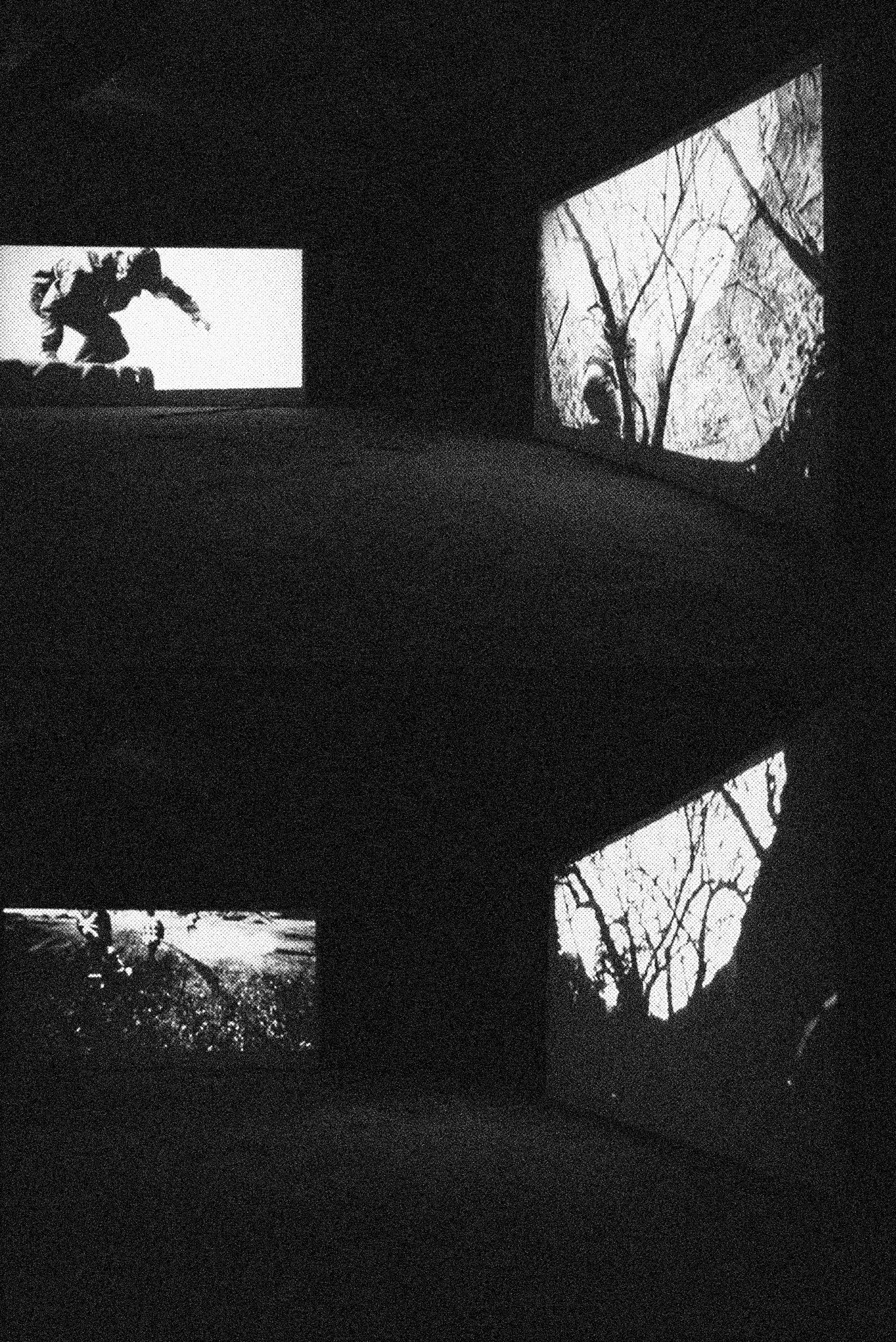
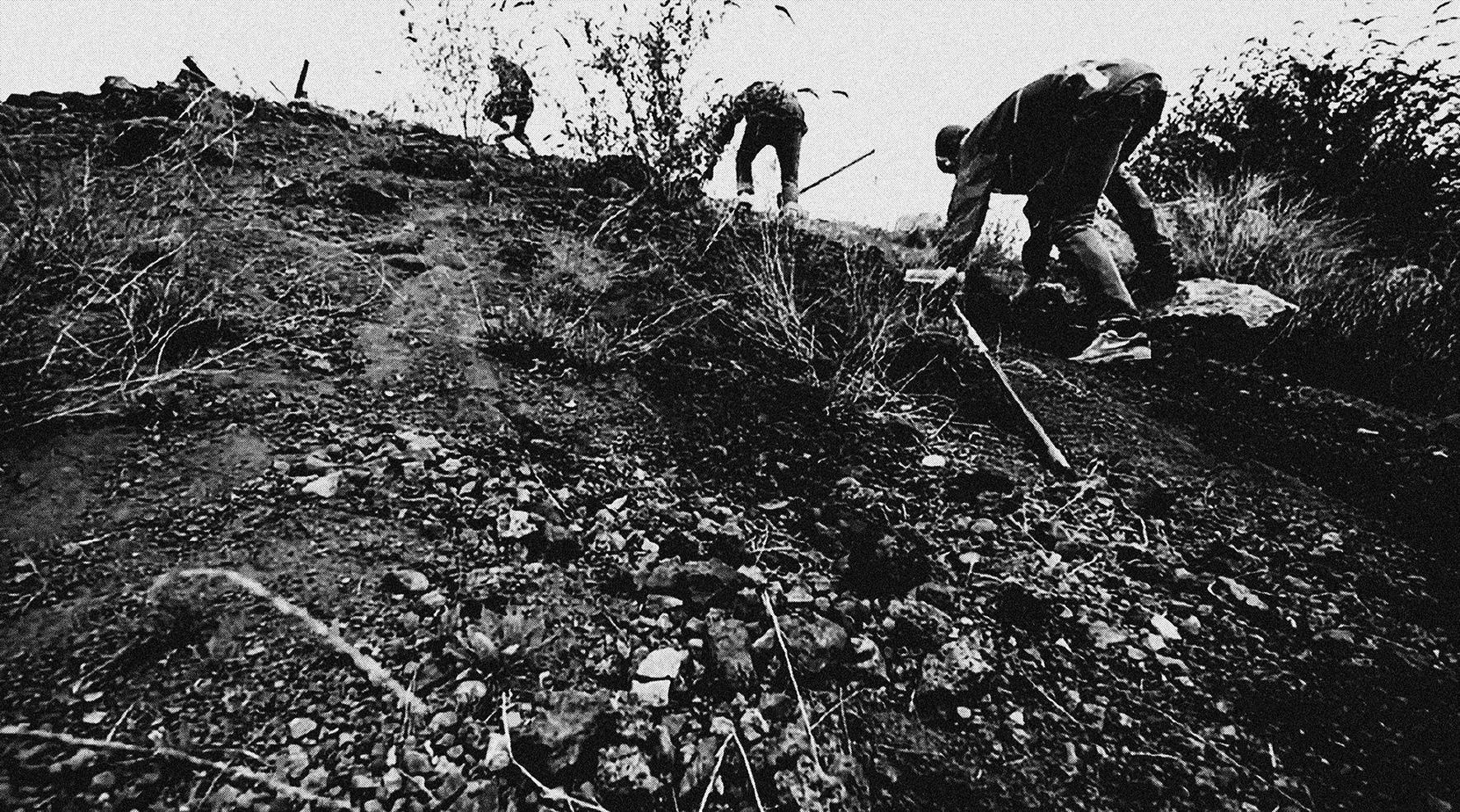
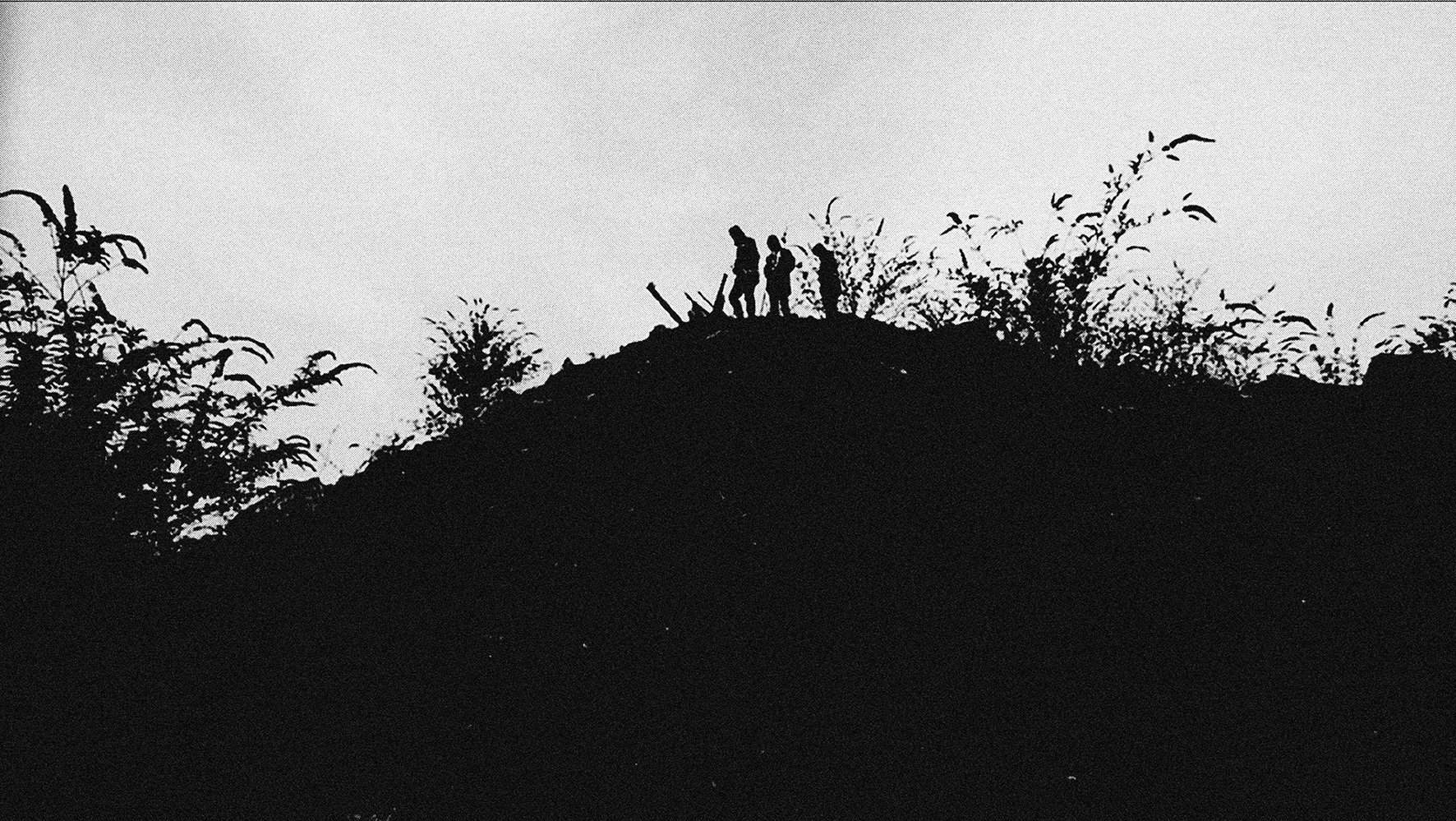
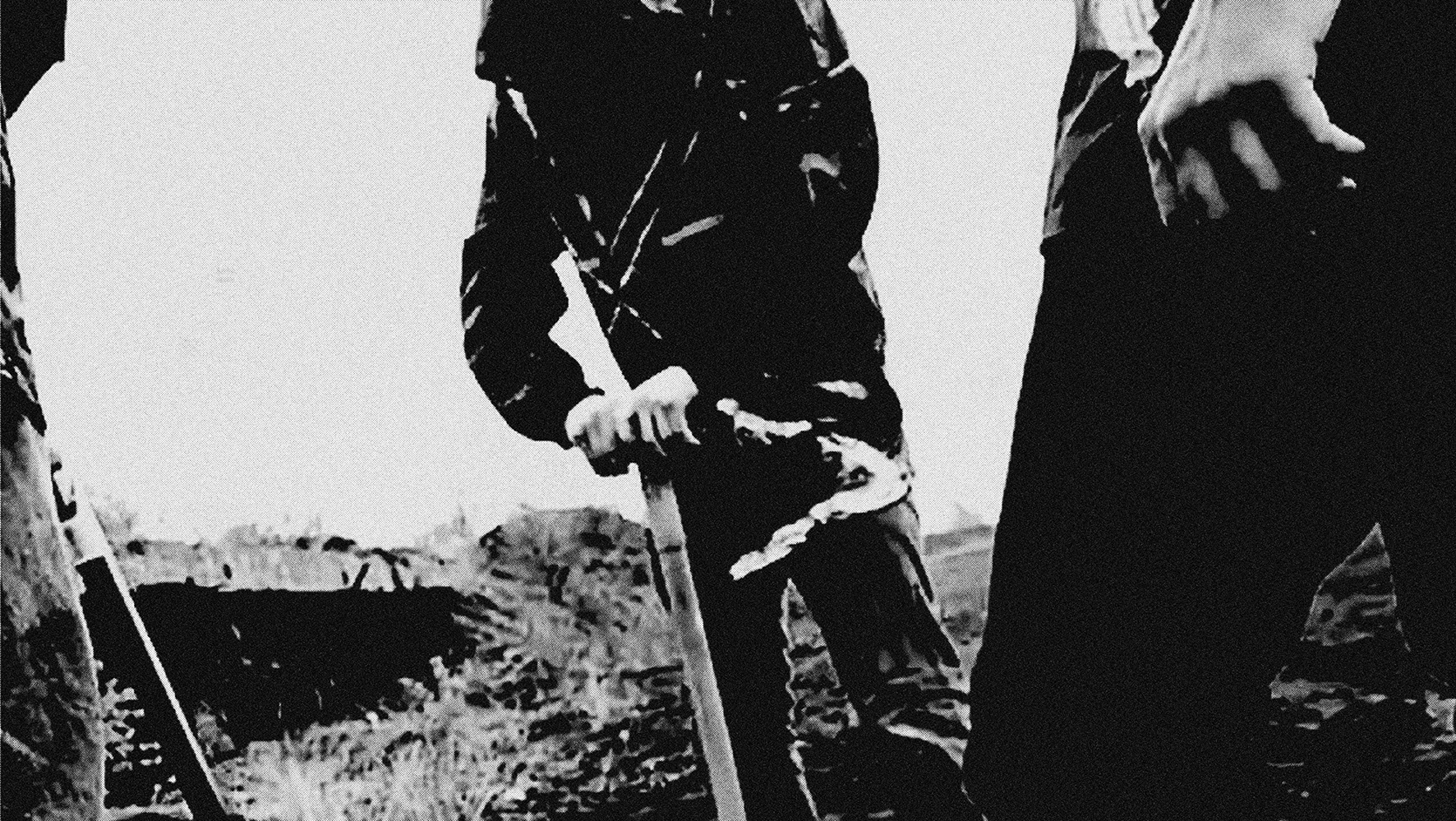
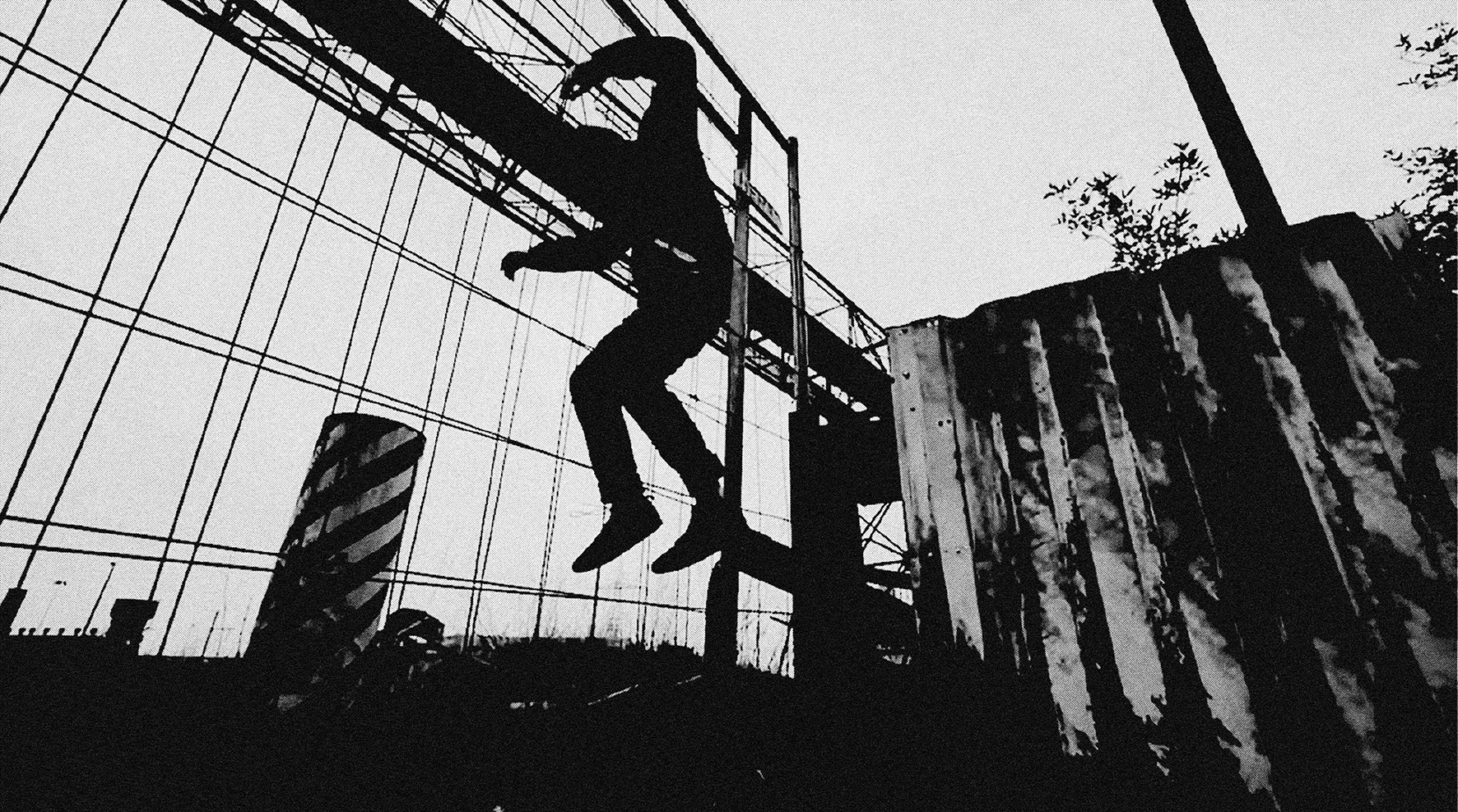
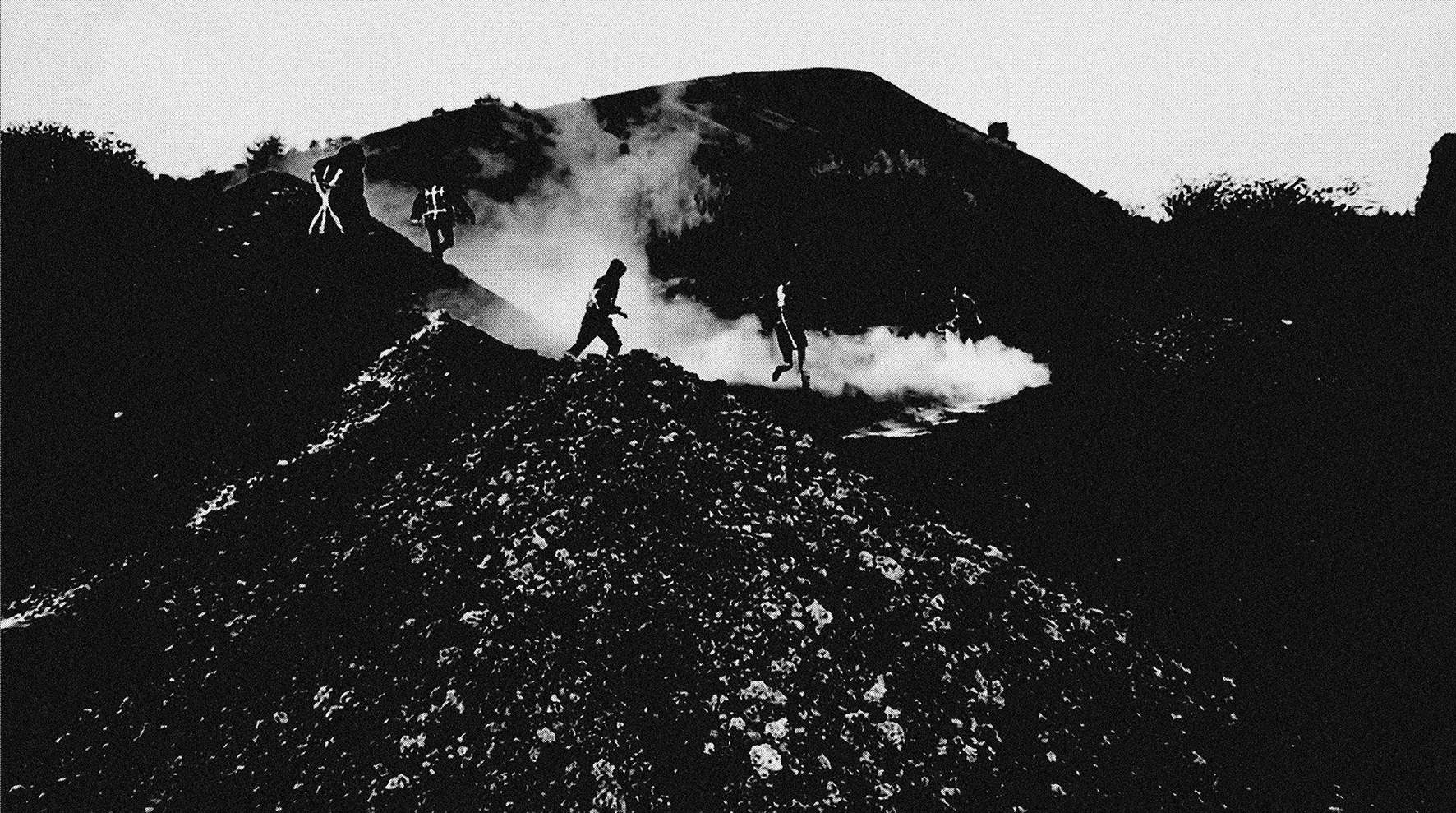
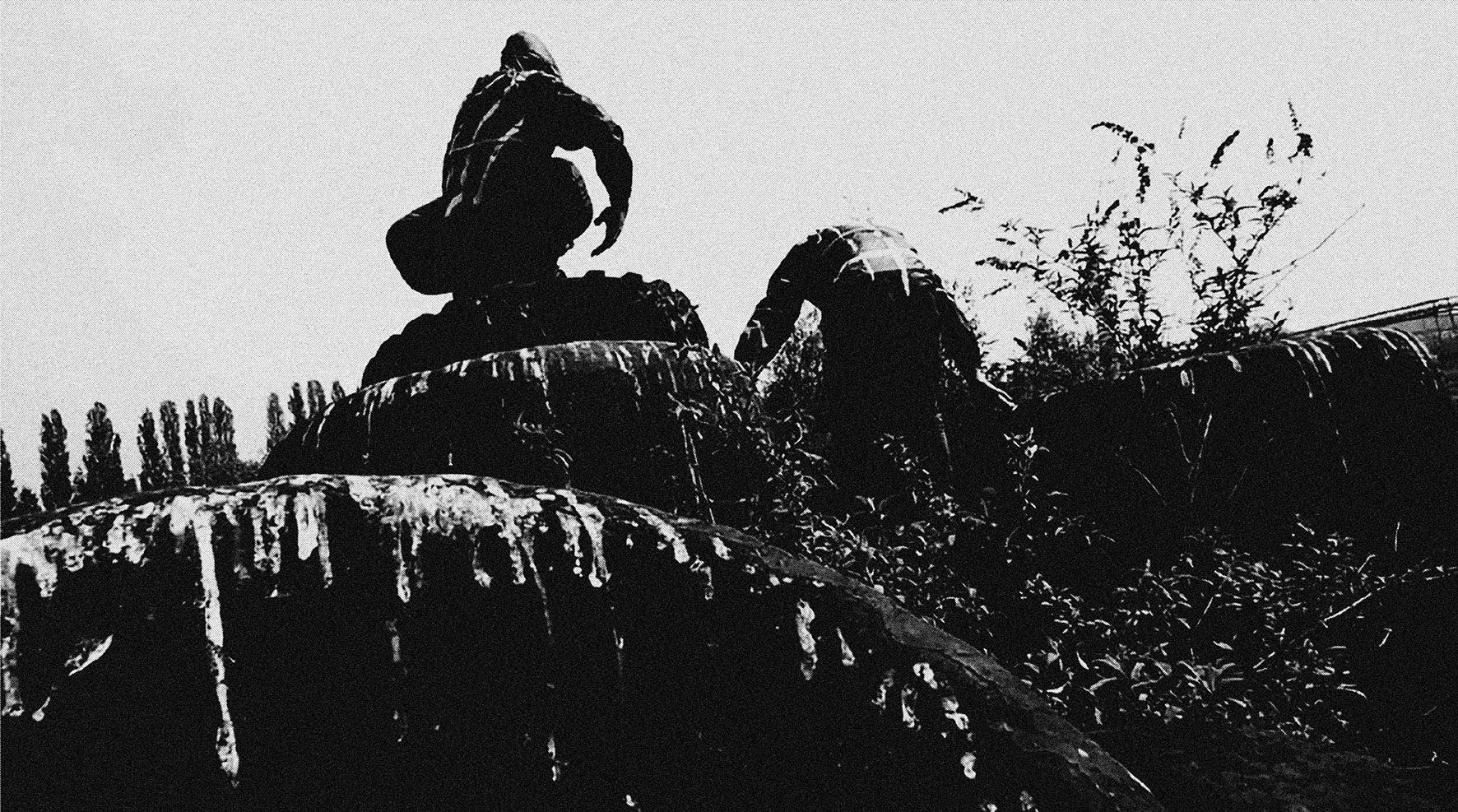
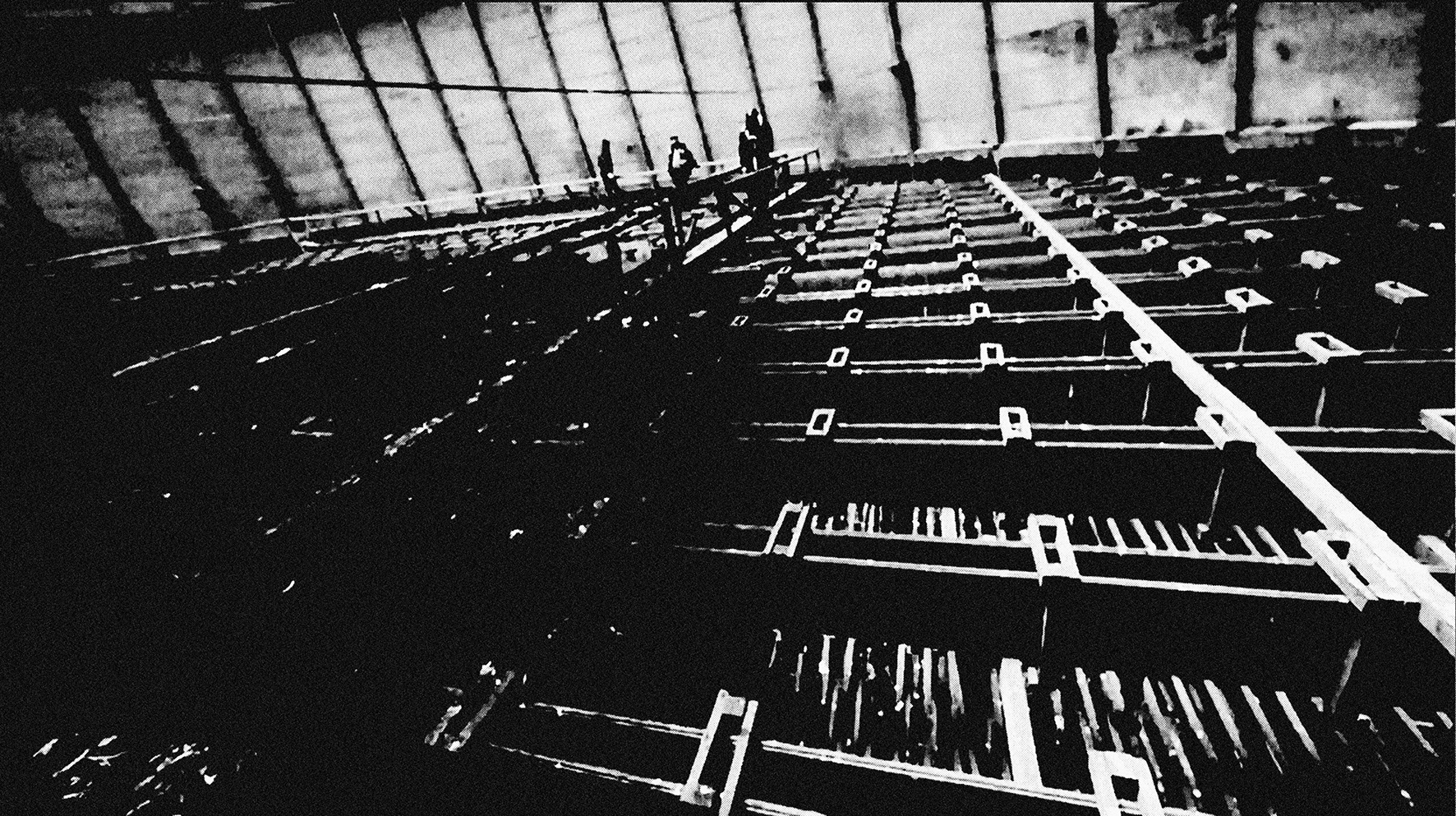
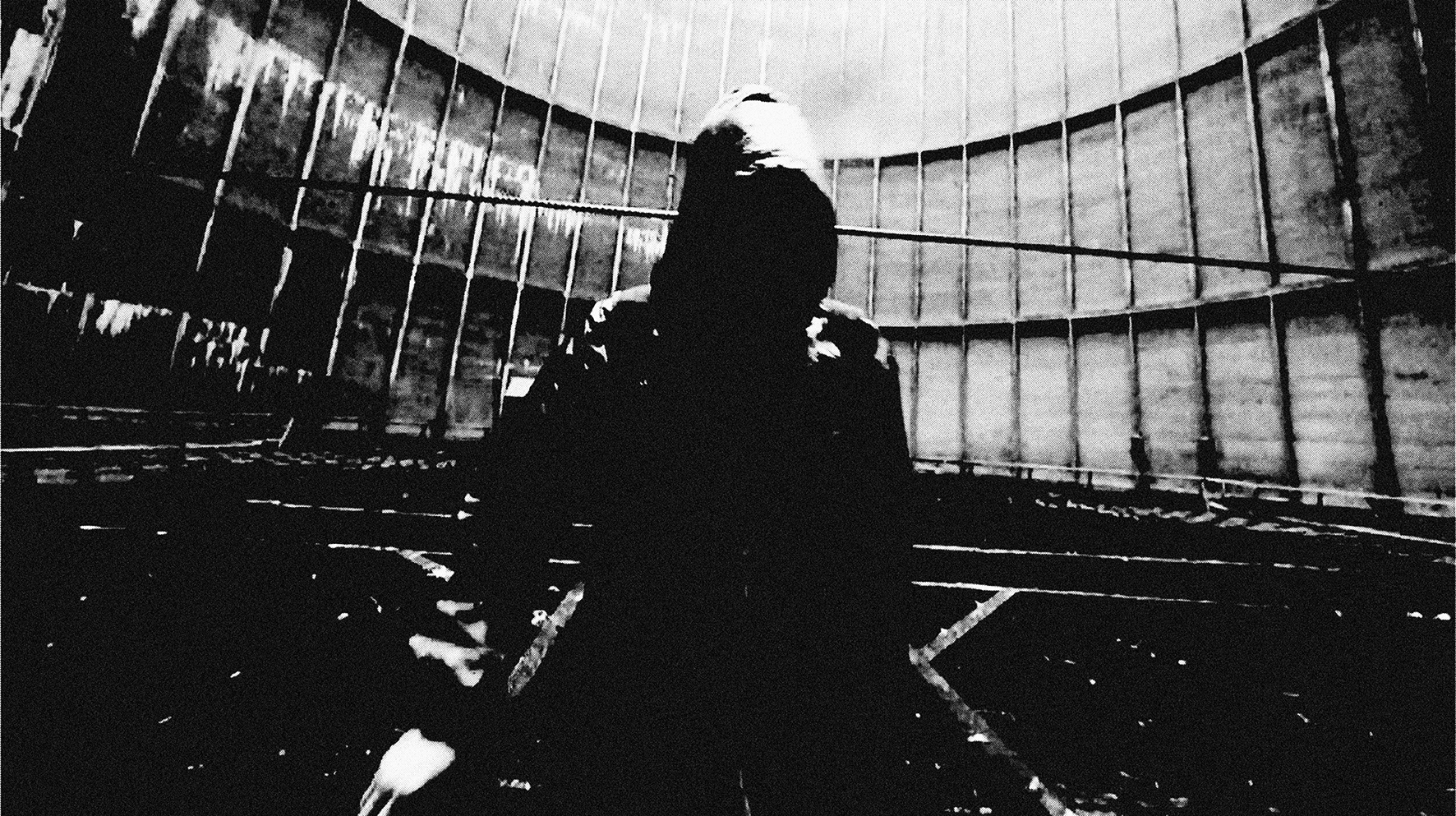
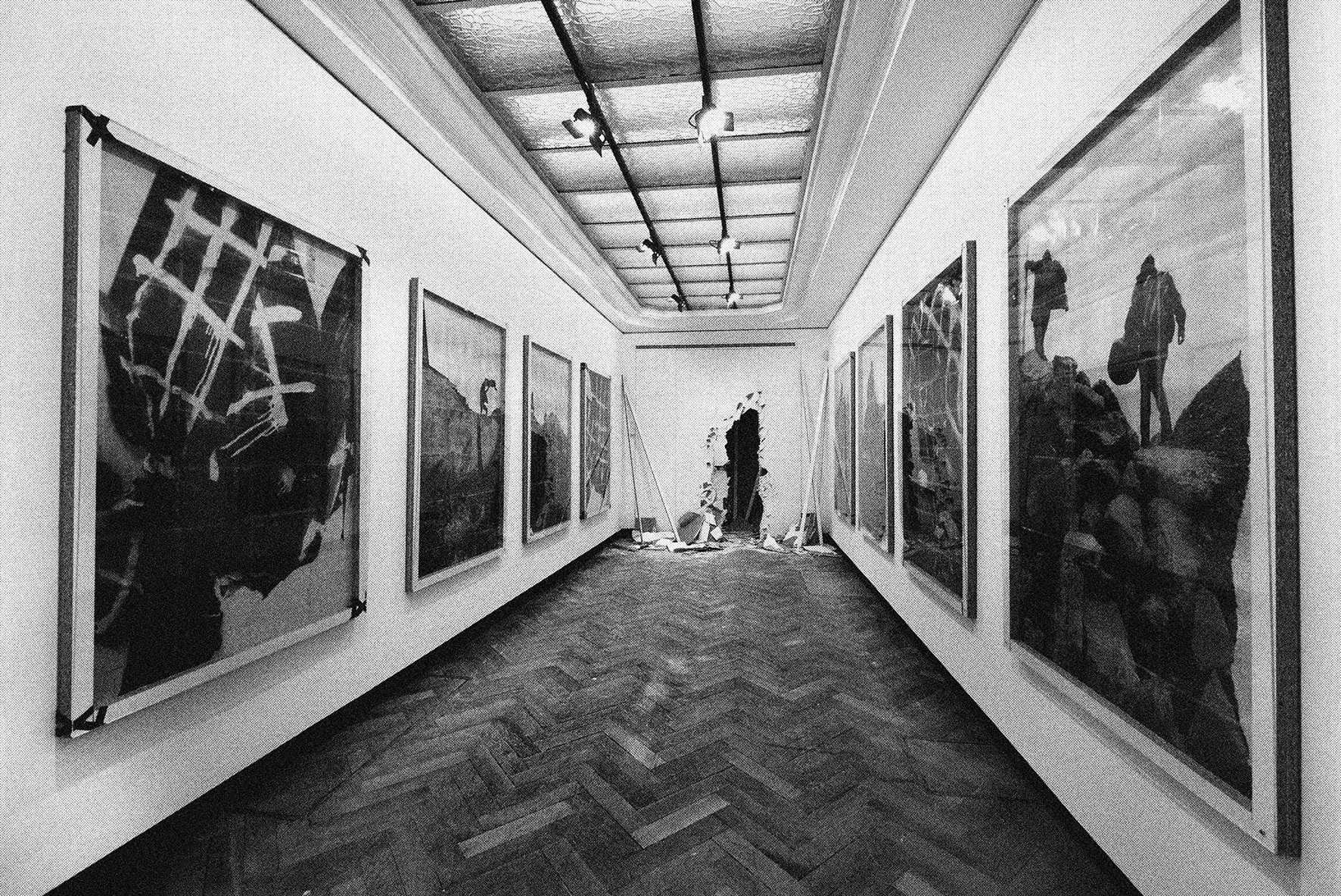
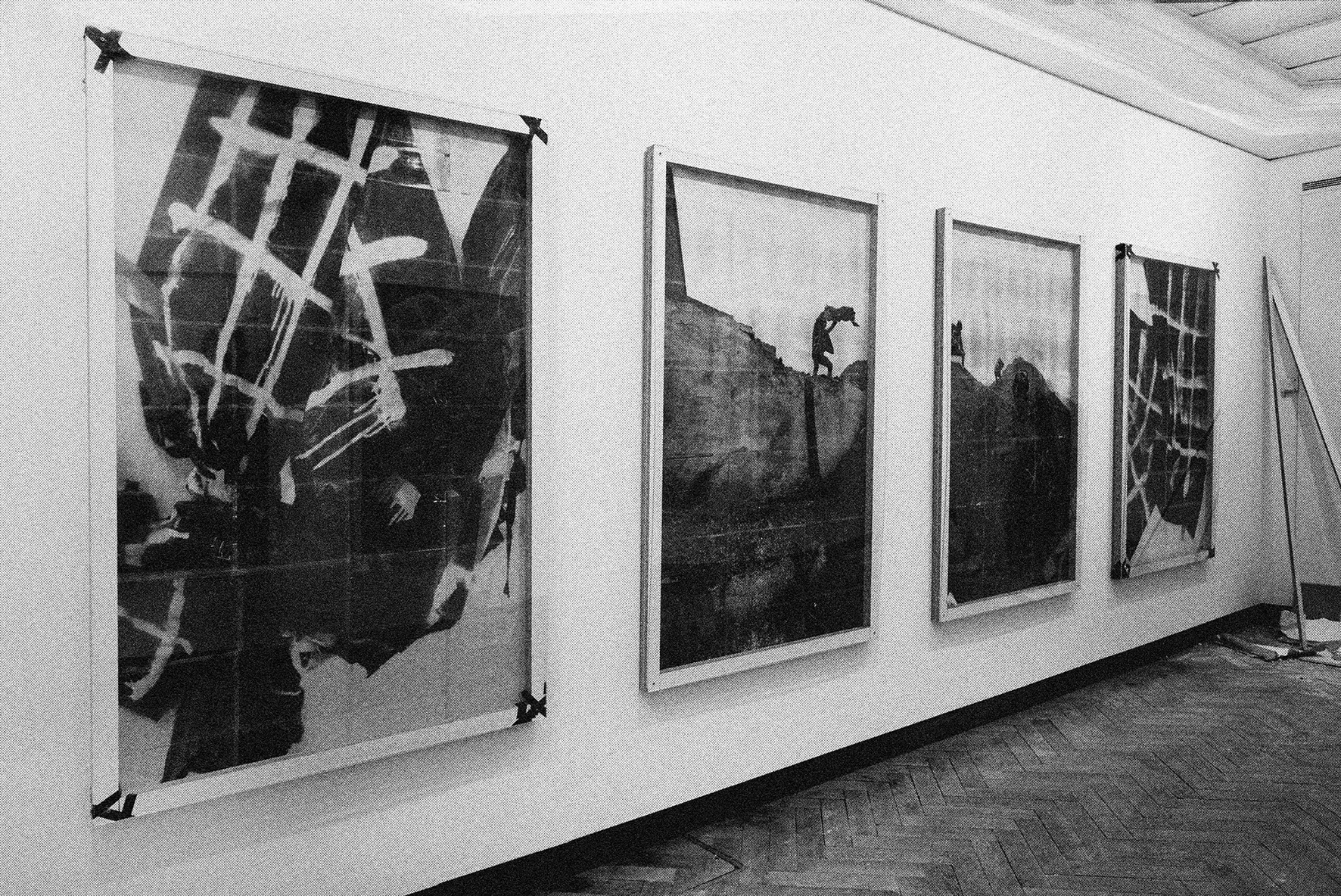
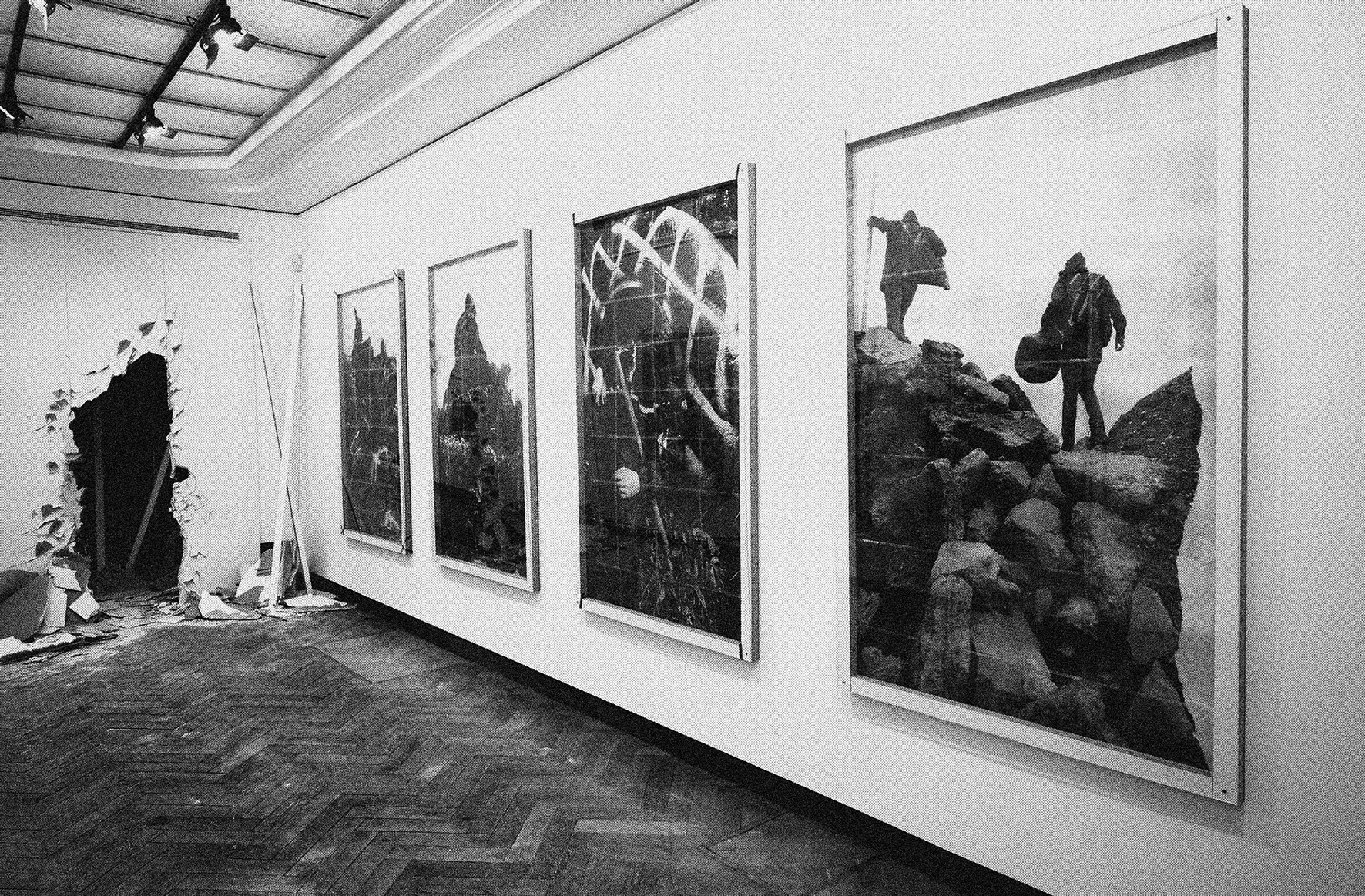
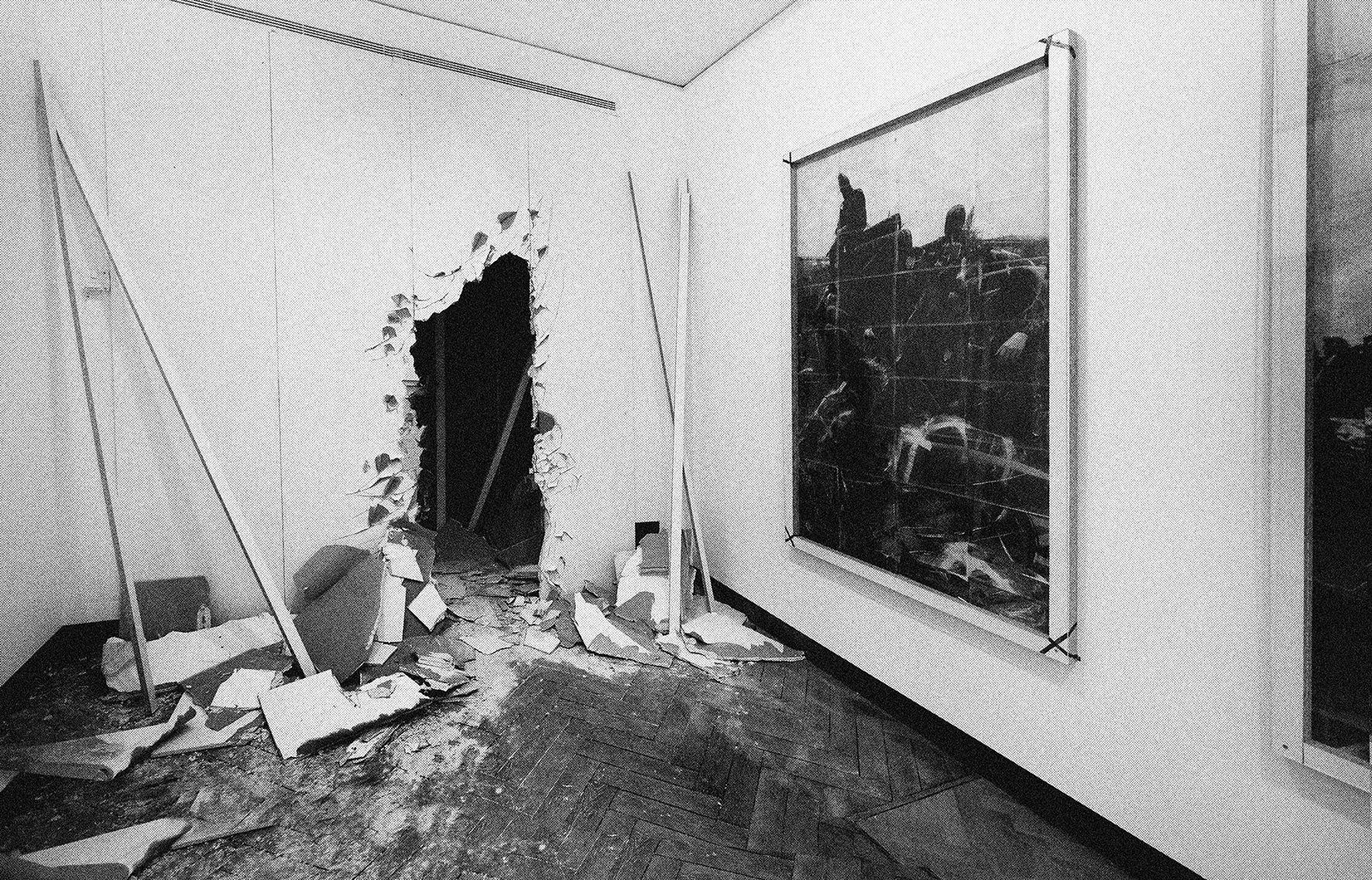
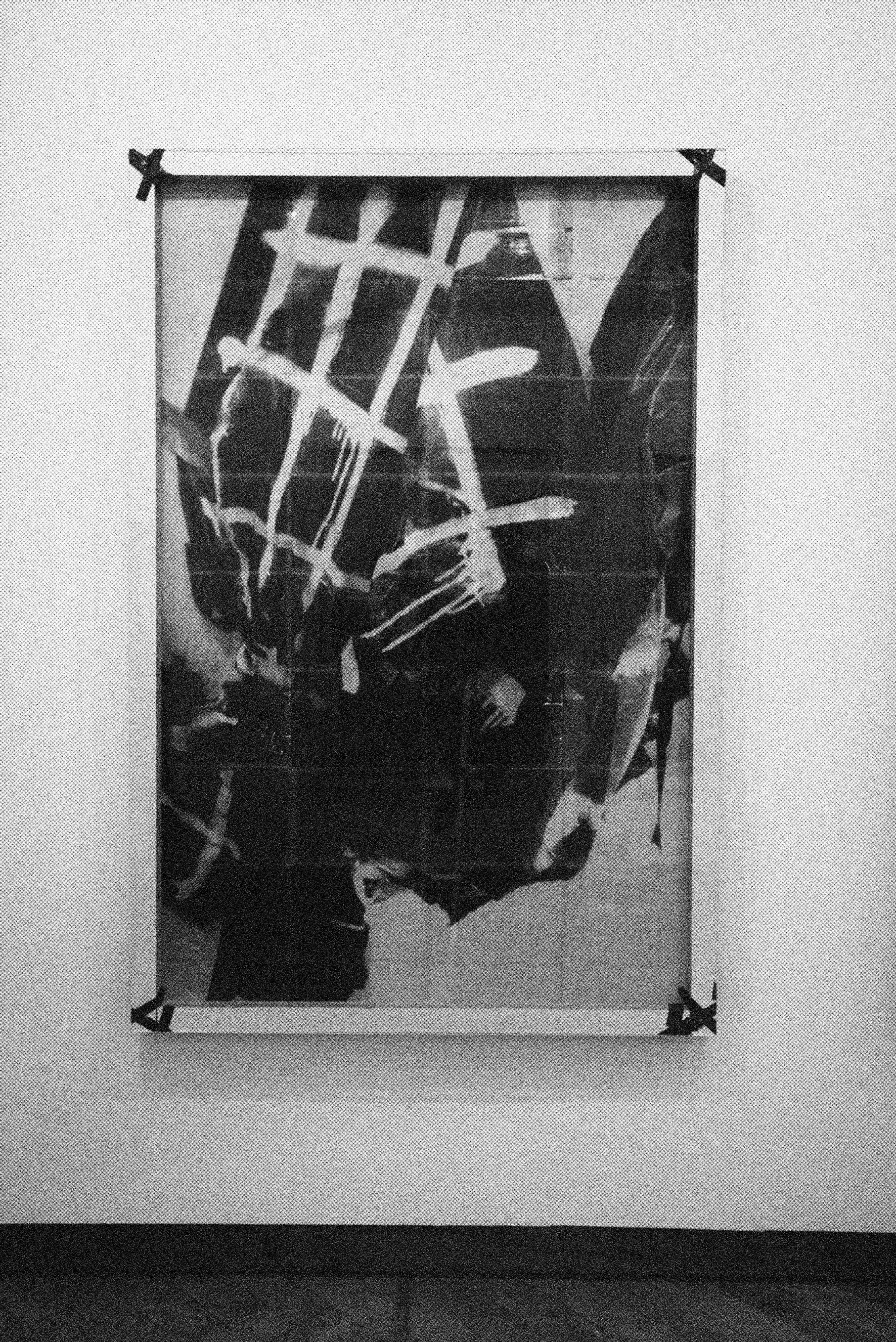
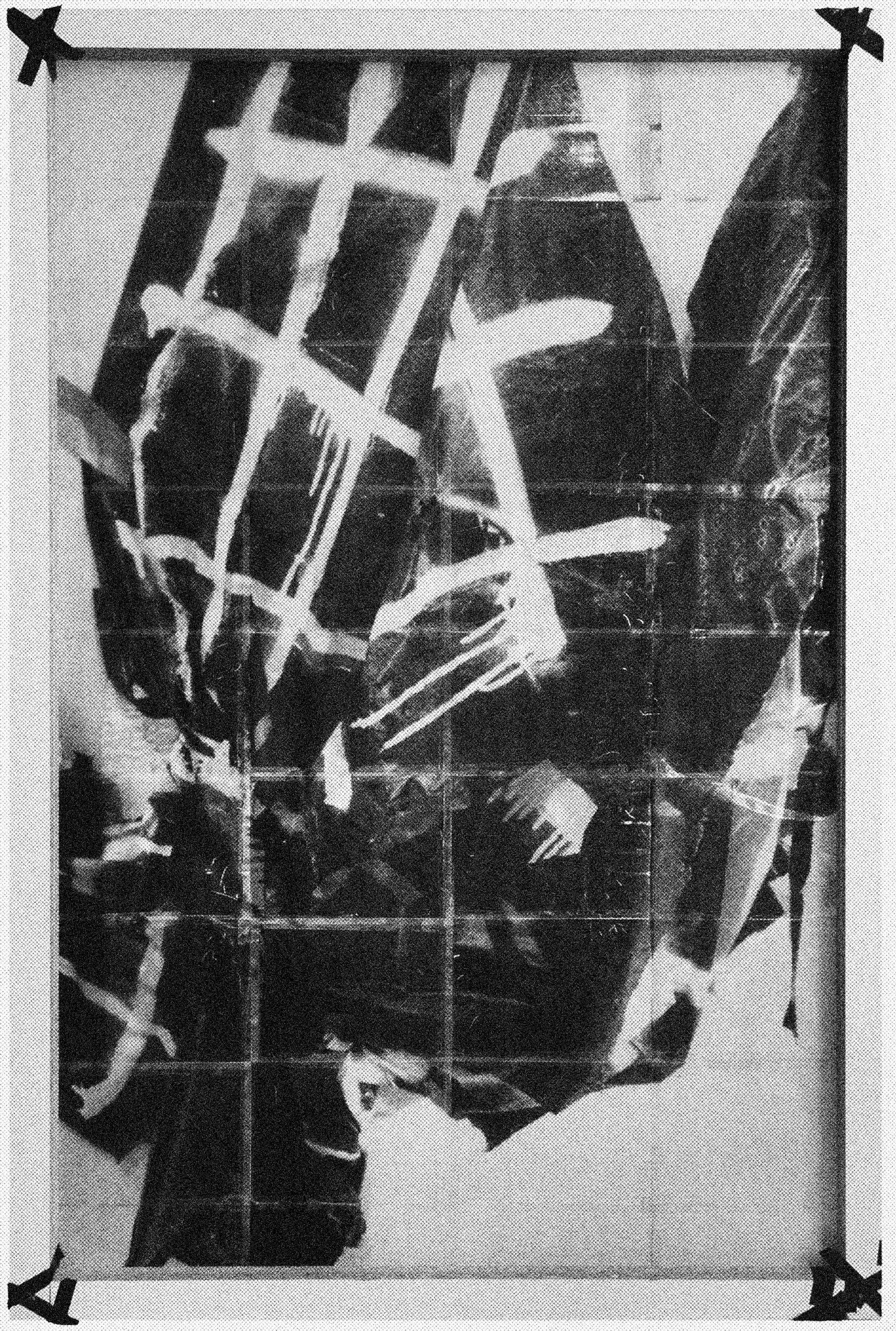

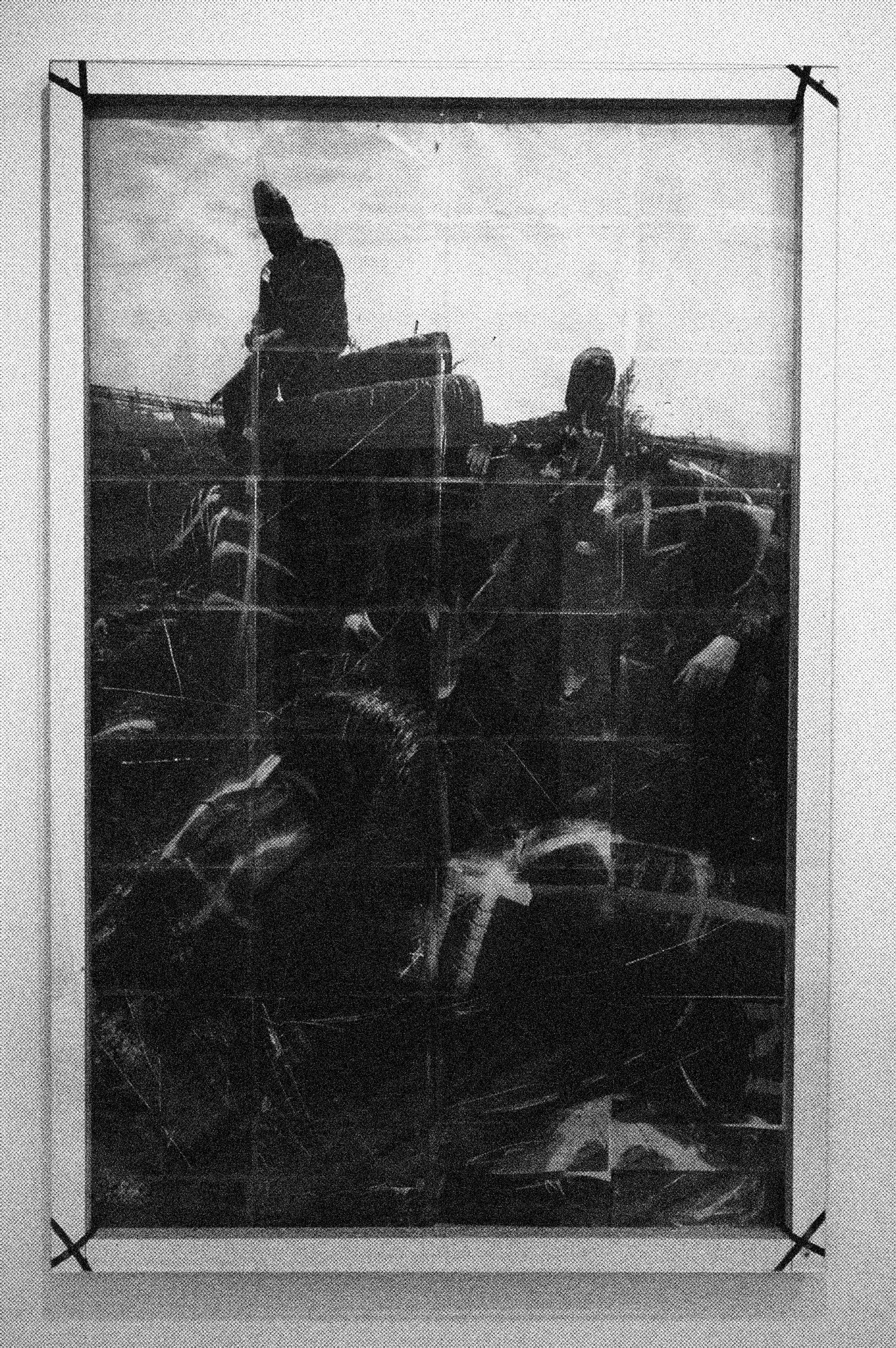
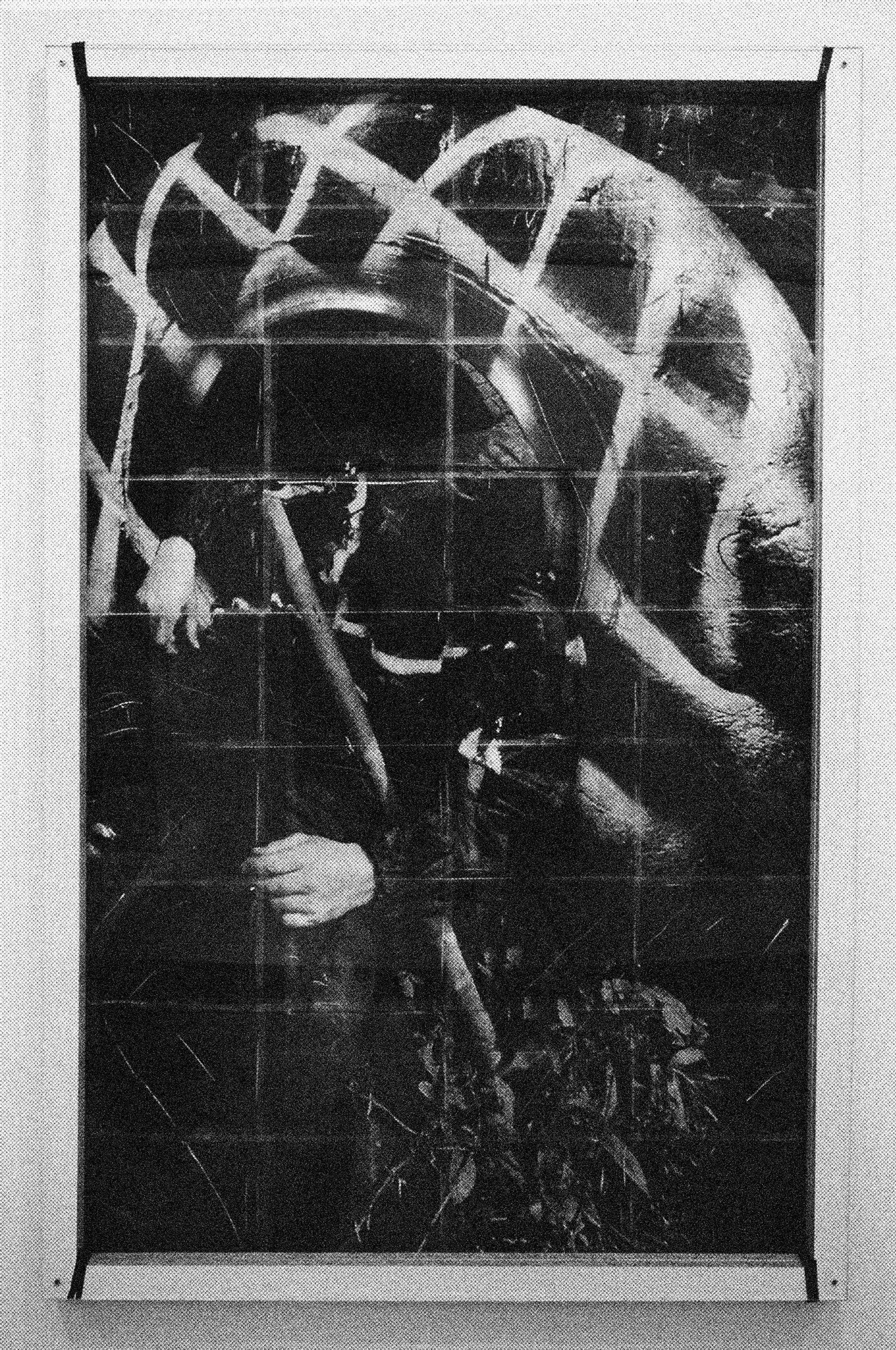
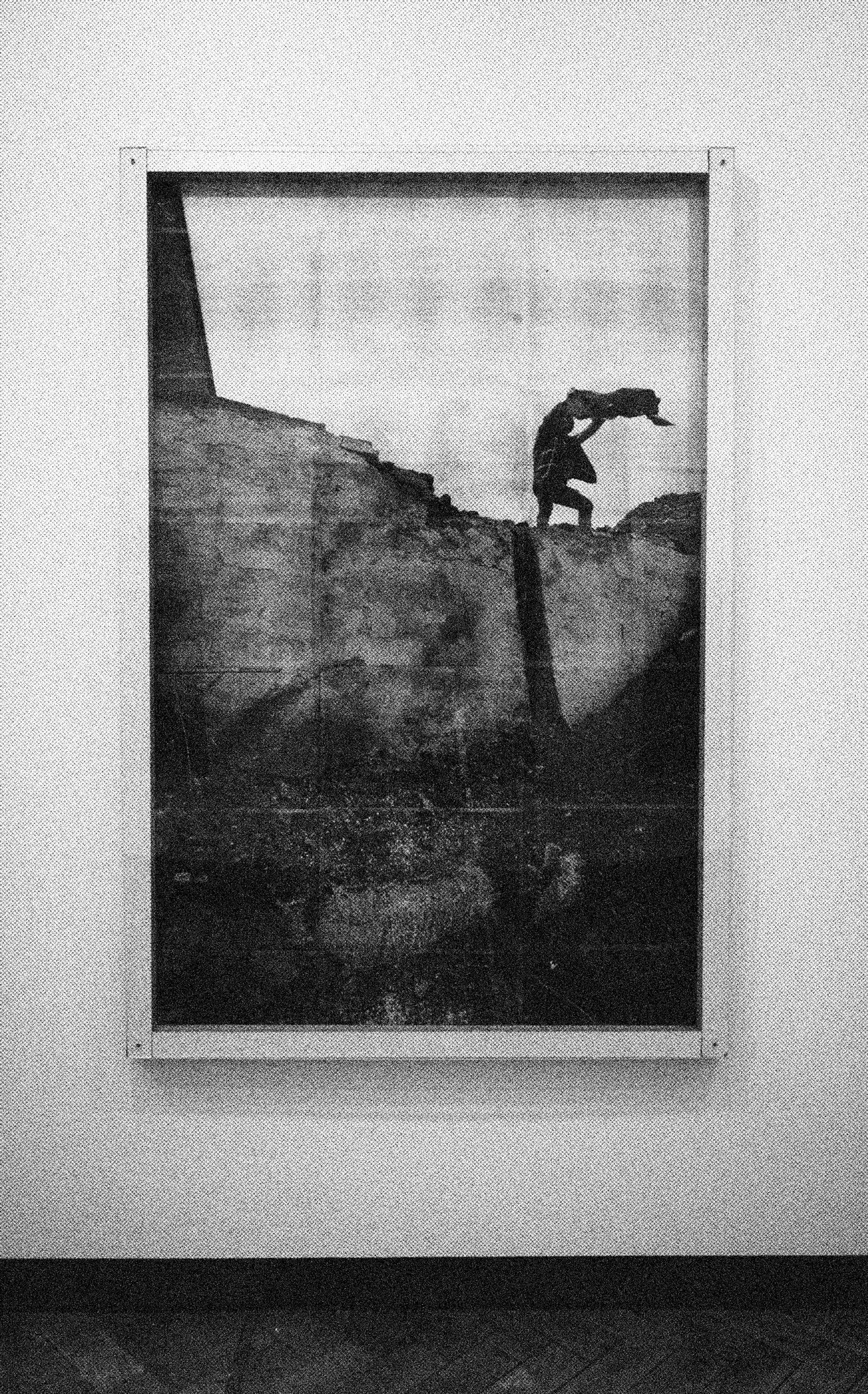
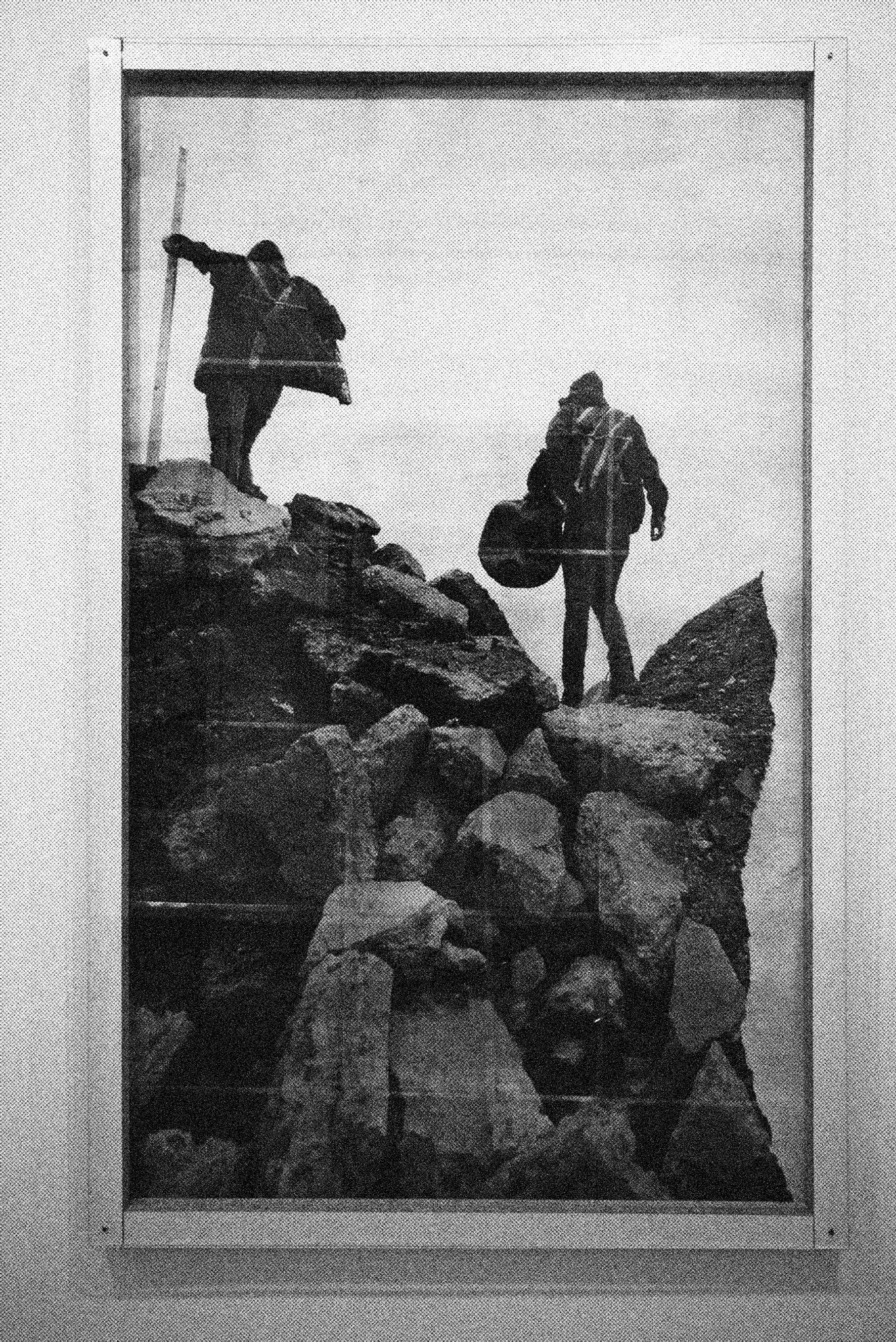
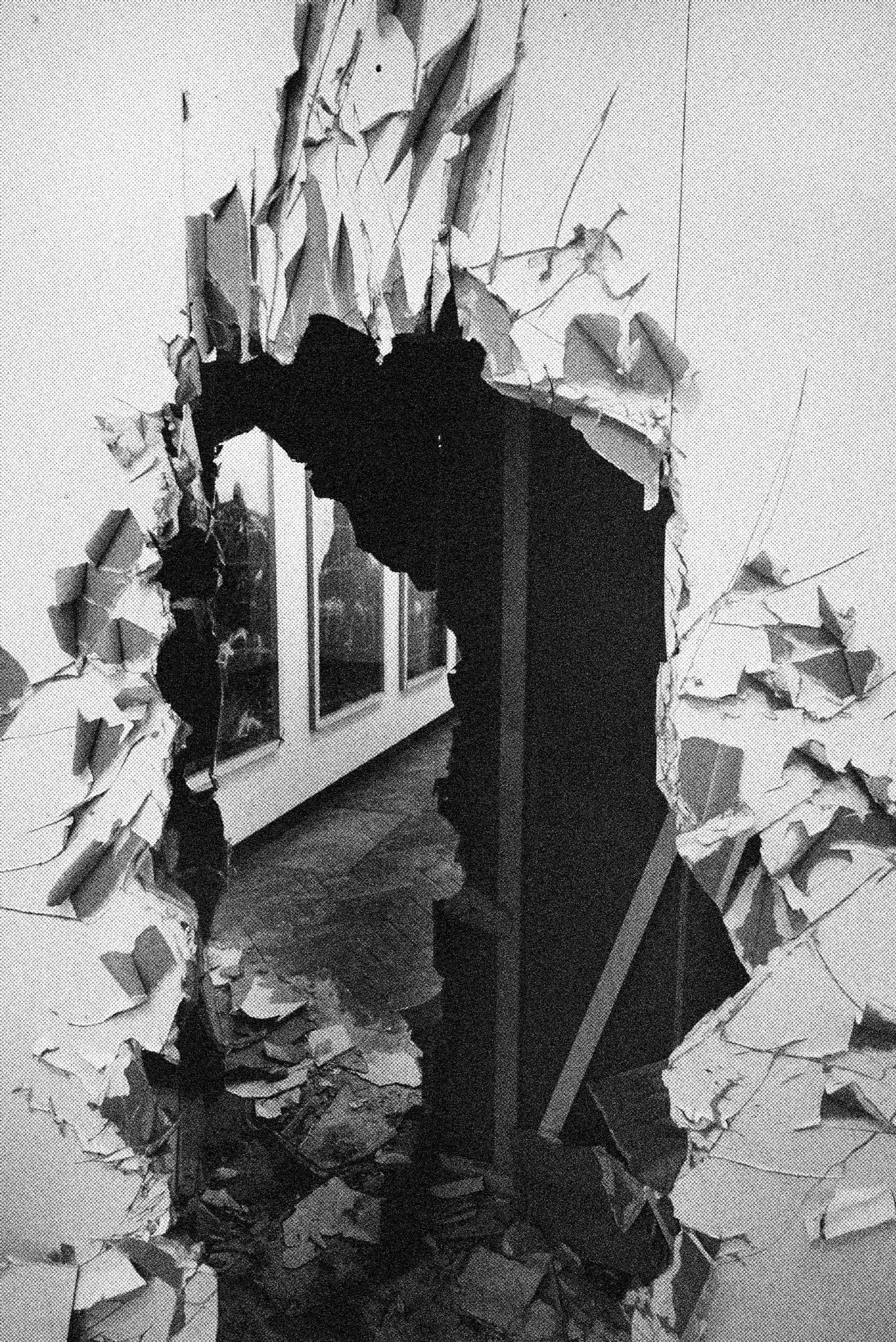
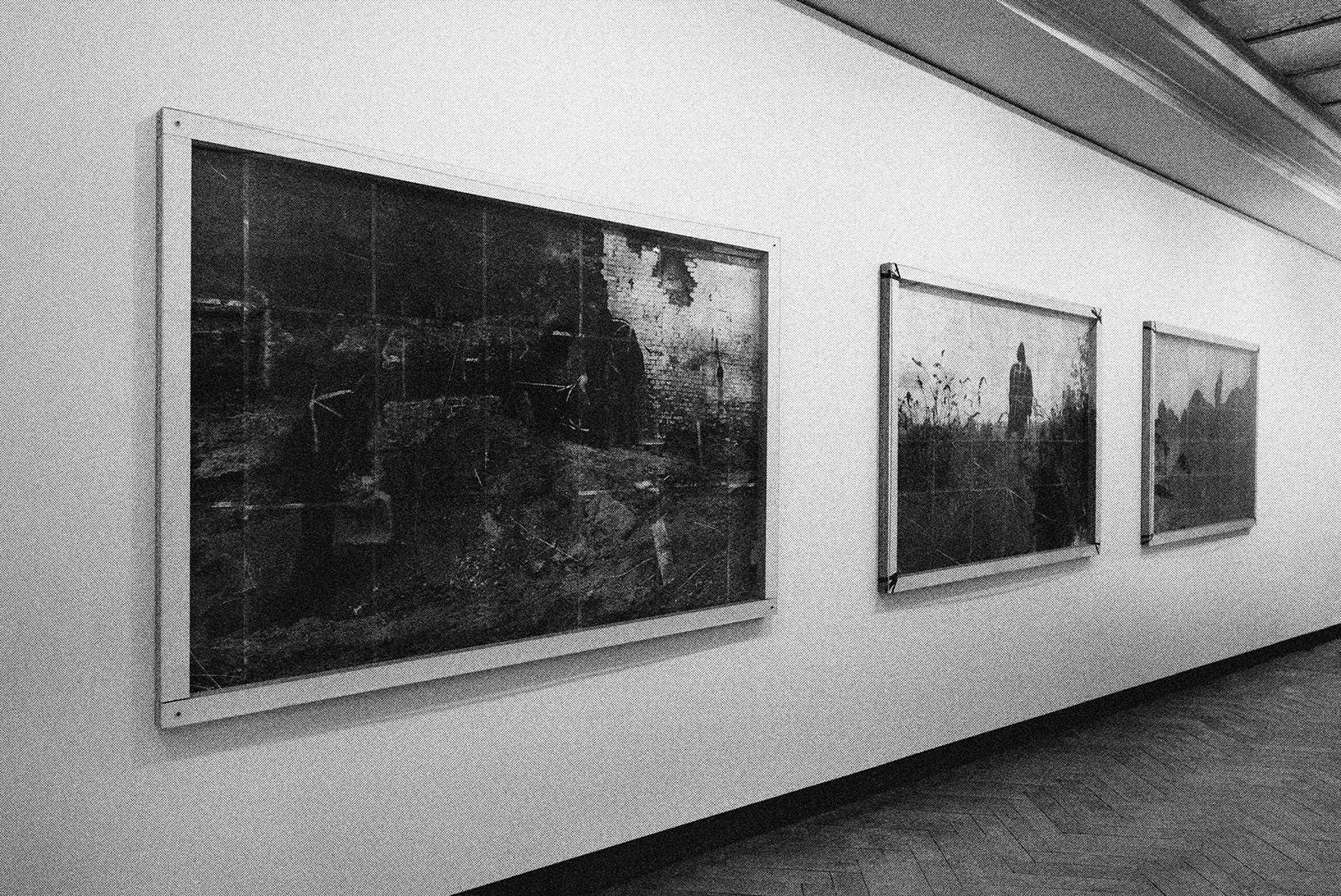
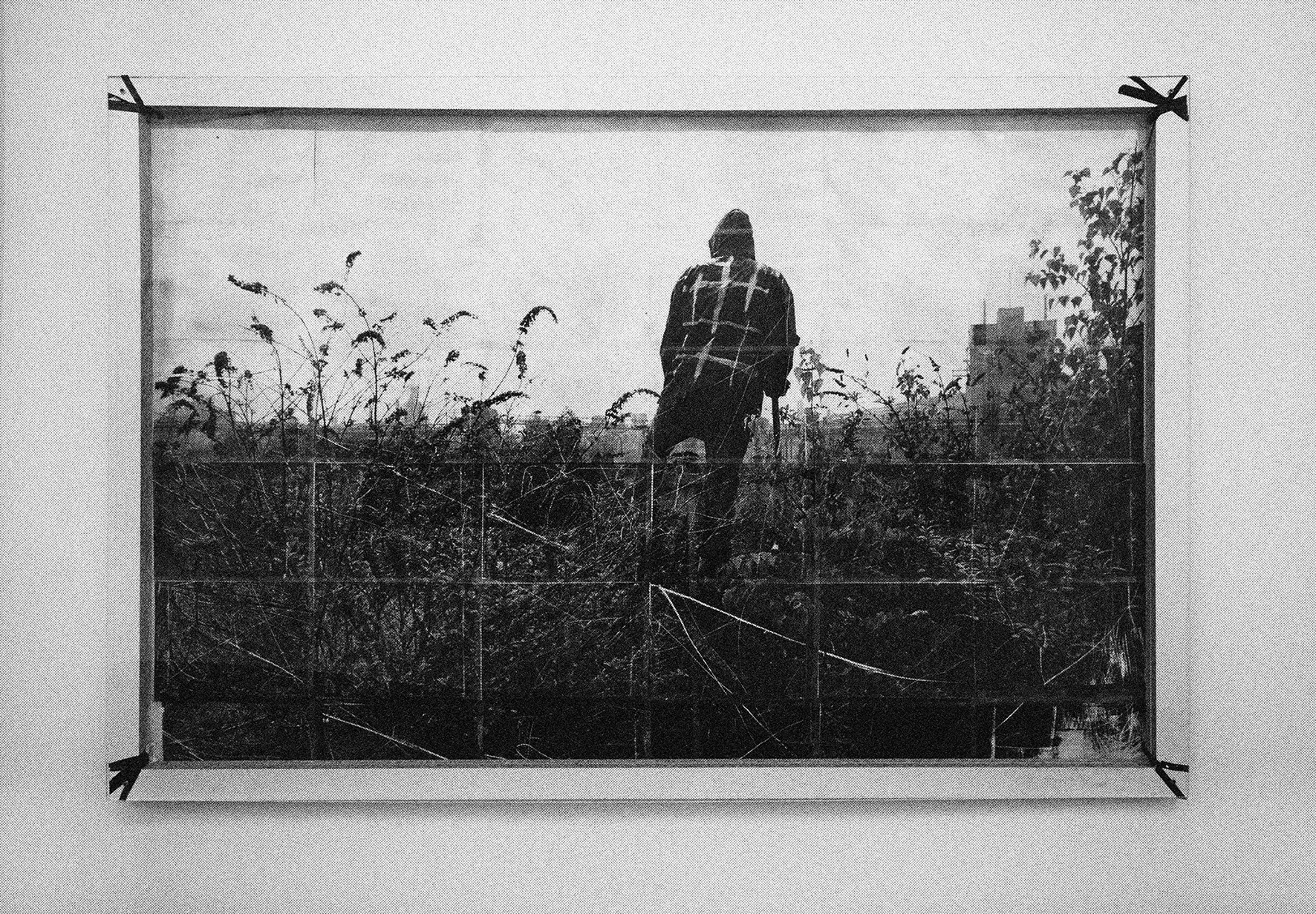
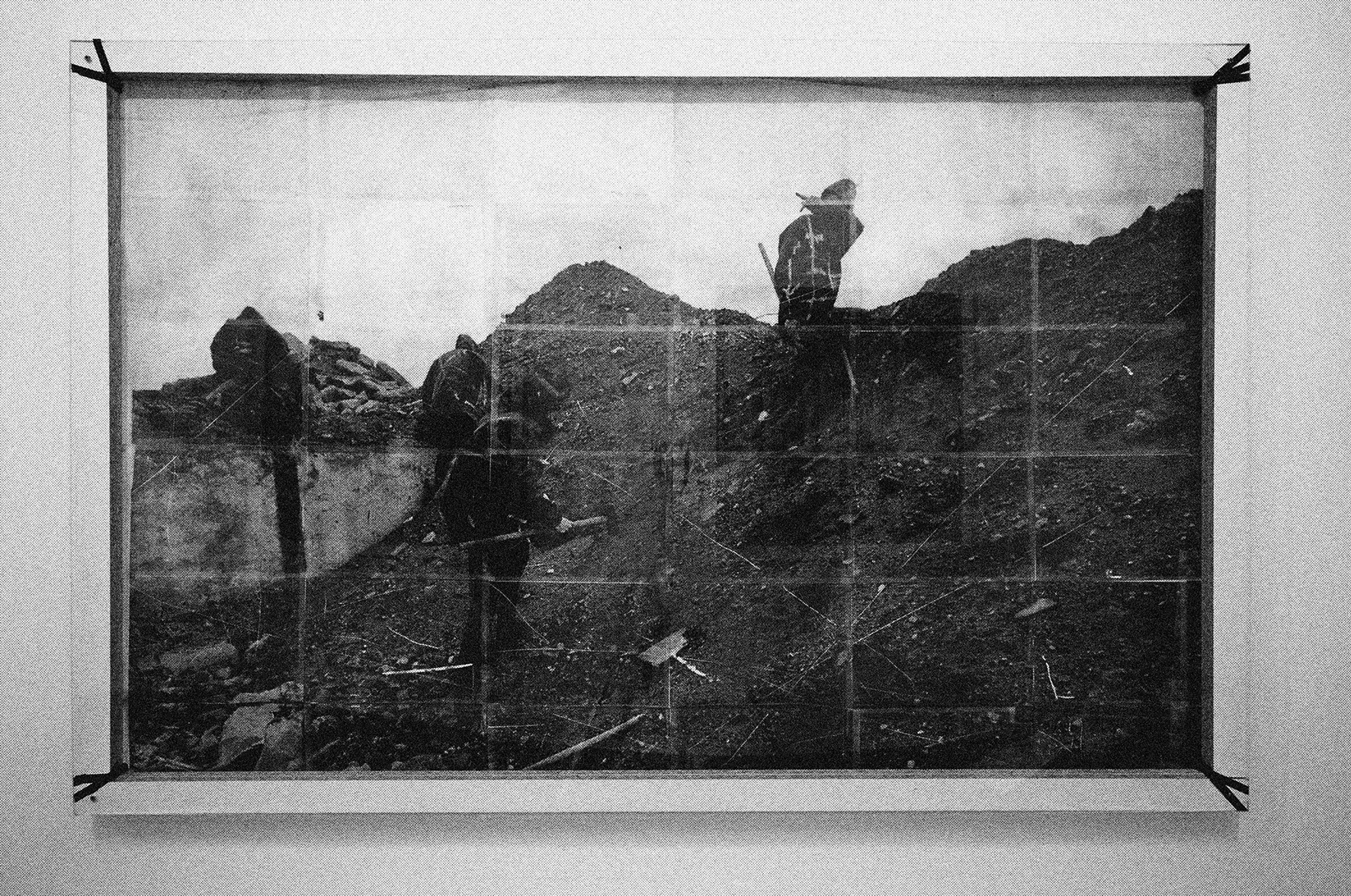
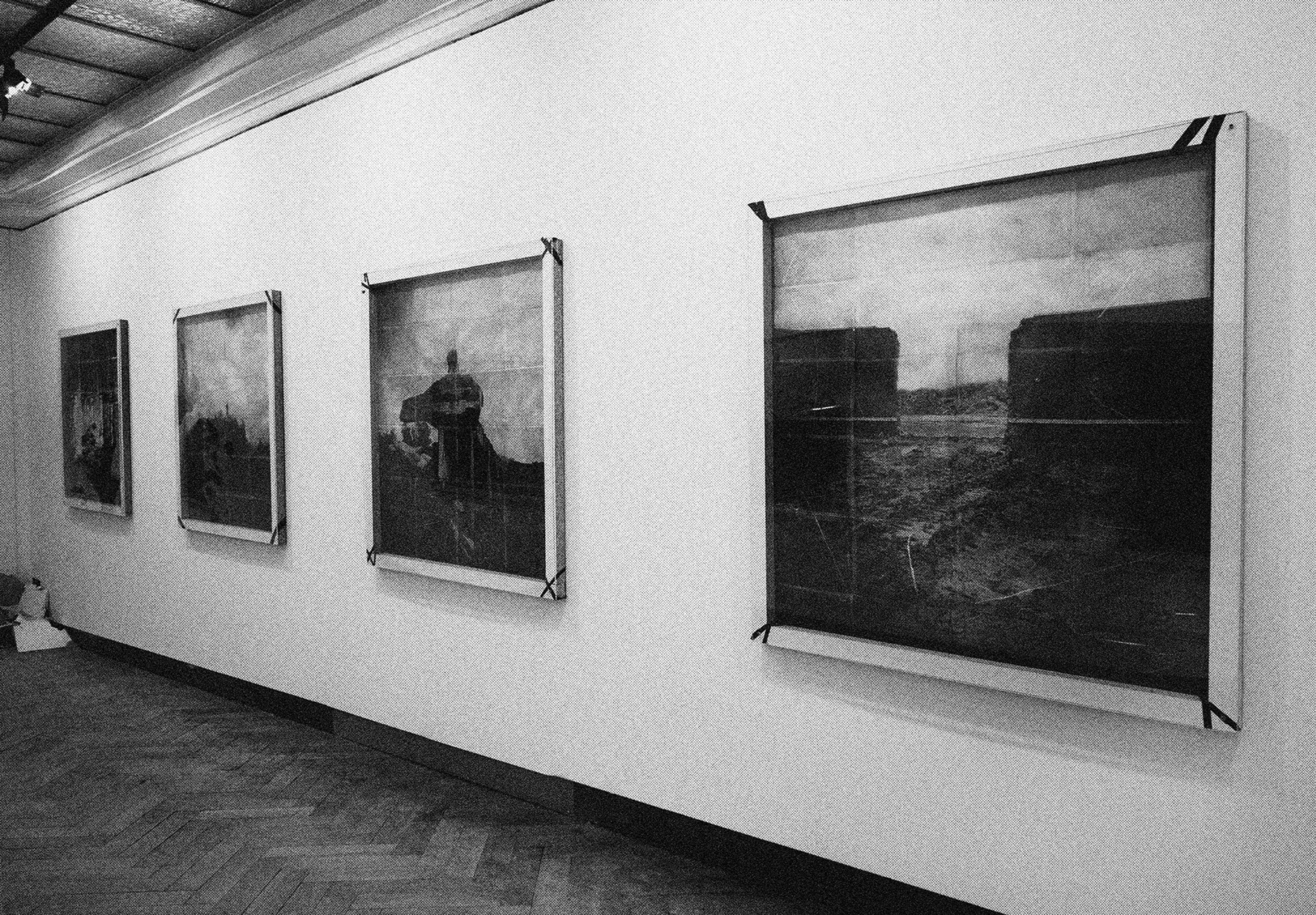
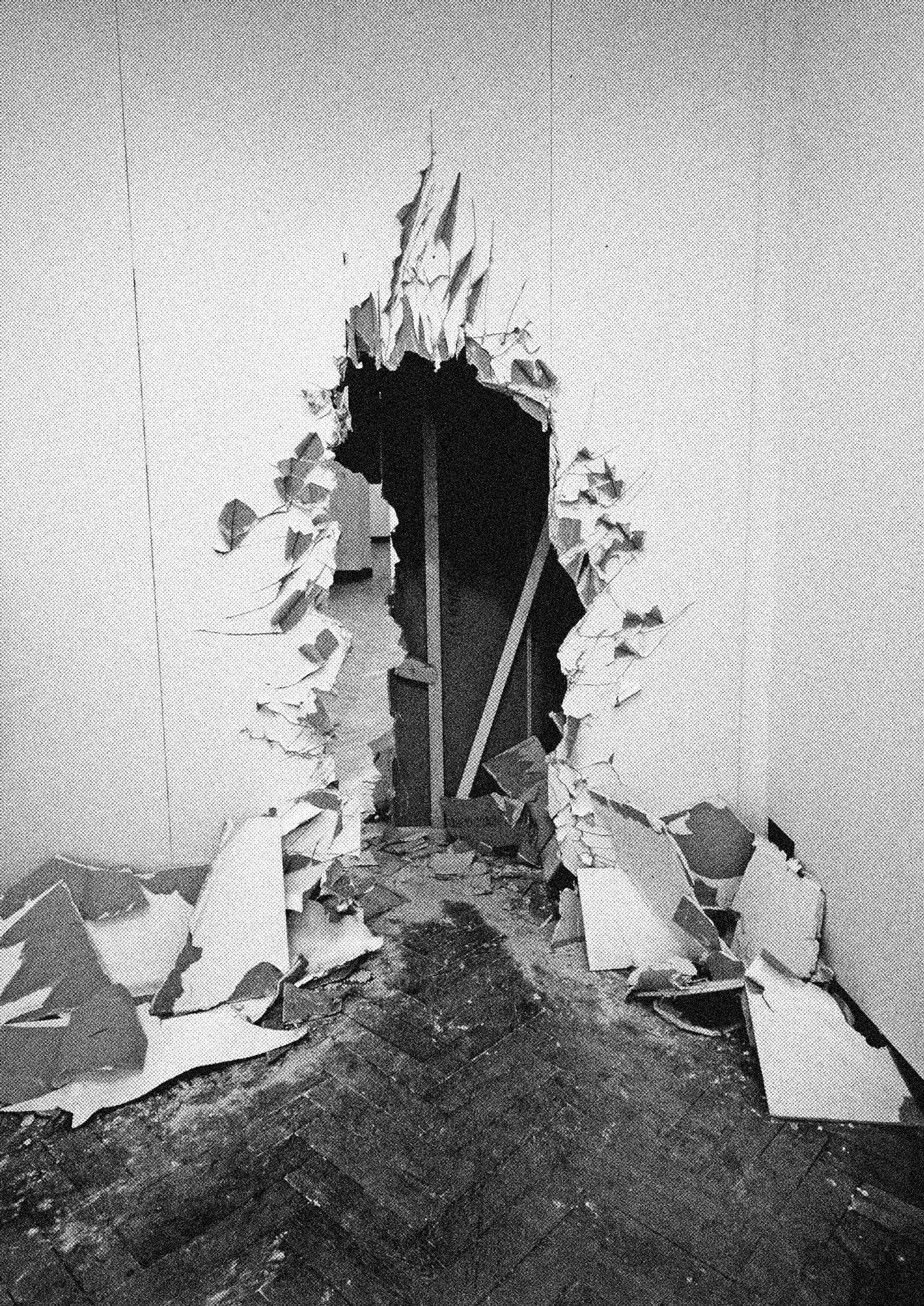
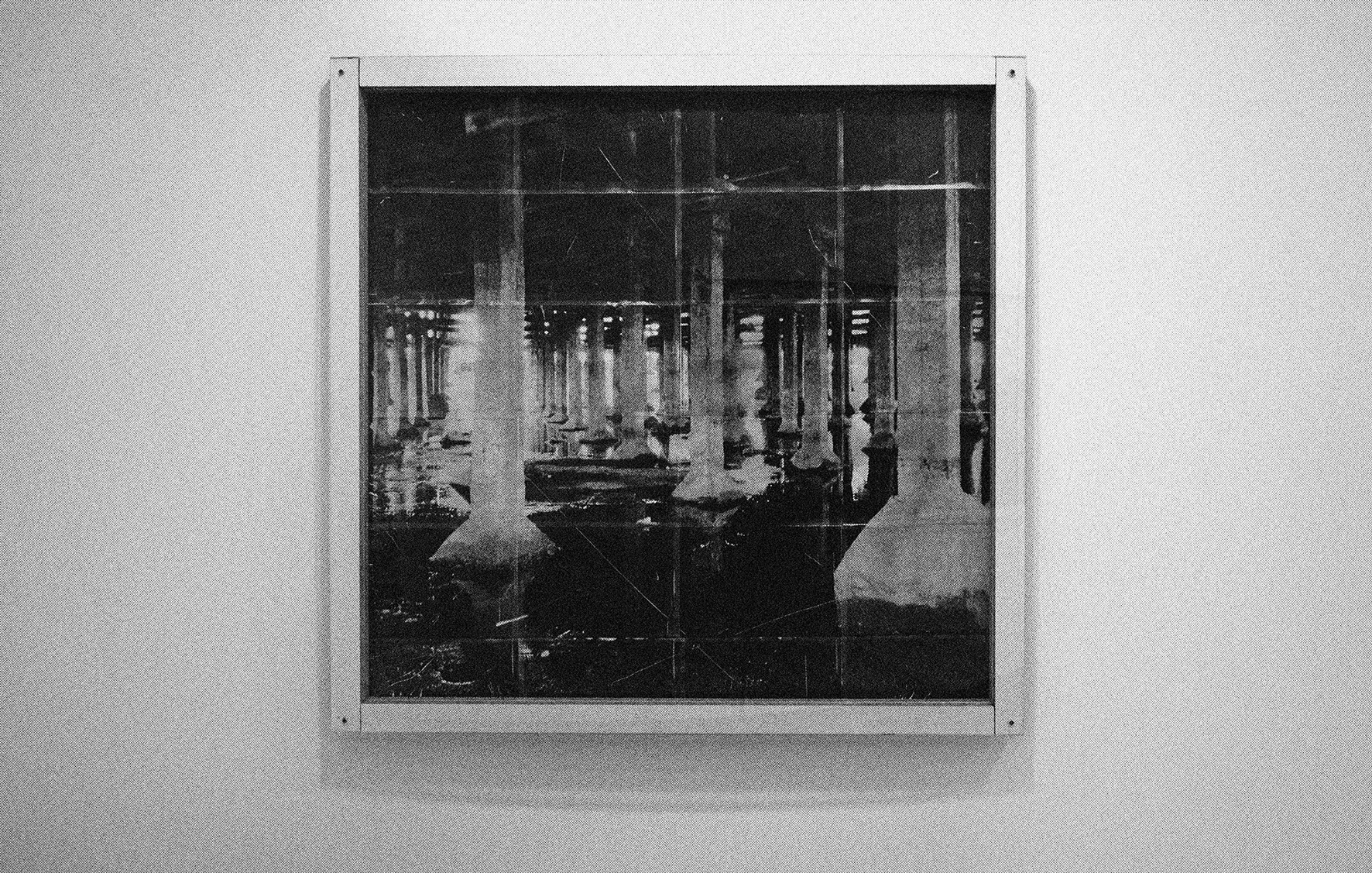
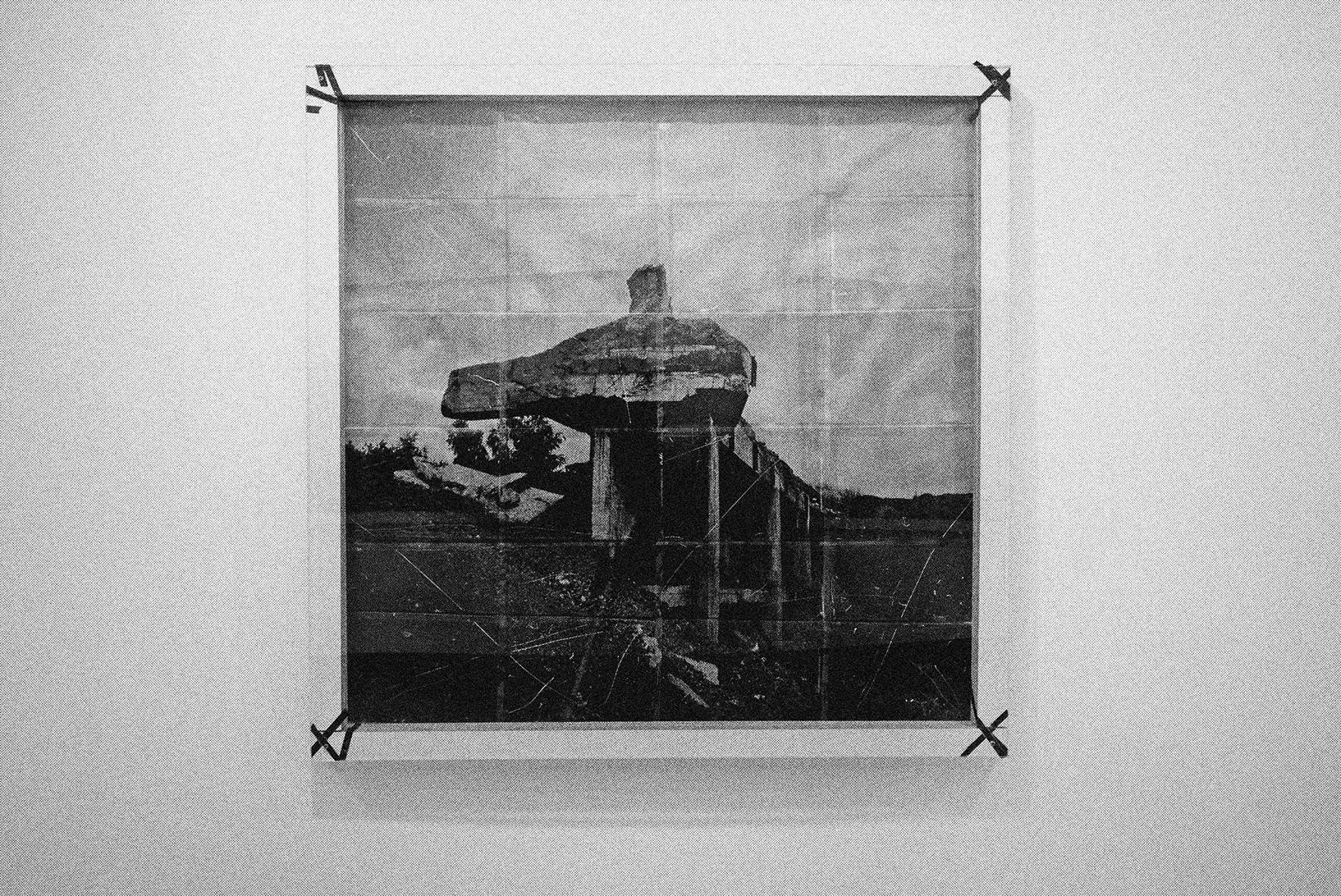
Looking Back While Walking Forward
Créer, c’est résister. Résister, c’est créer. -Stéphane Hessel
Philippe Van Wolputte (°1982, Antwerp) is a Belgian artist who graduated from the Rijksacademie in Amsterdam, a city where he spent several years, combined with doing exhibitions and residencies abroad. Urban environments have always constituted his artistic biotope, with a clear preference for the city’s gloomy, shadowy underworld. In these times of city marketing, spectacular architecture and the inexorable privatization of the public sphere, Van Wolputte’s work offers us an insight into an often forgotten, but nonetheless integral, part of the urban fabric. Abandoned, asbestos-ridden buildings, hidden tunnels, shelters, drainage canals: they are all what we could call the underground of our everyday urban condition.
Van Wolputte’s grainy, mainly colourless photographs and videos evoke the historical performances and interventions in the 1960s and 70s, where documentation was employed to supplement their ephemeral, fleeting nature. It is precisely this intertwining of creation and documentation that led to the proliferation of myths around certain historical events, Gordon Matta-Clark’s Office Baroque in Antwerp (1977) being just one notorious example.
Van Wolputte’s practice is, unquestionably, inspired by the tactics of occupying and squatting, as his earlier fascination with anarchist writer Hakim Bey demonstrates,1 but it is not solely about that. On the one hand, the artist refuses to put the raw, edgy aesthetics of street culture up for grabs on the art market, and, on the other, his work cannot be read as a straightforward urbanistic or political statement either. His work does not ‘engage’ in any direct way, but is rather the expression of a longing for disappearance or withdrawal from the spectacle. It tends to exceed commodification; it stubbornly resists a clear-cut interpretation (be it art historical, political, philosophical, etc.).
Van Wolputte deliberately chooses to leave the viewer in the dark as to the exact nature of his actions, often frustrating their desire for authenticity. We are never really sure where the work finds itself exactly; it seems to wander through different media. This in-between or ‘interzone’ is the site where Van Wolputte tries to rearticulate, or even regain, the artistic quest for autonomy – an autonomy that no longer resides in the medium itself, but that emerges from the fissures and gaps within already existing domains of power and control.2
Where does the work end, and where does the world begin? Van Wolputte’s work is as much about the invisible, dark void of the image, as it is about the visible, tangible surface of the work that is put on display. It is as much about concealment and disappearance as it is about revelation or manifestation. We can easily recognize a dialectical tension here: to create is to resist, to resist is to create.
The title of the project in BOZAR, ‘Looking Back While Walking Forward’, clearly carries his artistic signature. The phrase inevitably recalls Walter Benjamin’s famous ‘angel of history’, inspired by Paul Klee’s Angelus Novus. We have to imagine the eyes of this angel, so Benjamin writes, as directed towards the past, where he perceives an ever-growing pile of debris as time moves forward. And even though the angel would like to linger in the present, to take care of what has been destroyed, ‘a storm is blowing in from Paradise; it has got caught in his wings with such a violence that the angel can no longer close them. ... This storm,’ Walter Benjamin finally adds, ‘is what we call progress.’
What is left behind, left out, abandoned or forgotten is a constant source of inspiration for Van Wolputte. For the Prix de la Jeune Peinture in BOZAR, the artist decided to stage different characters in a kind of faux documentary video, following their urban exploration moves from behind the lens. The video installation is presented in conjunction with a series of photographs. The characters seem to function as a kind of alter egos, creating an intriguing hide-and-seek between fiction and reality. We might all be walking forward, being ruthlessly propelled into the future, but only some of us tend to remember what we are leaving behind.
Pieter Vermeulen (2013)
1. American writer and theorist Hakim Bey (pseudonym) talks about the notion of the ‘temporary autonomous zone’. See his TAZ: The Temporary Autonomous Zone, Ontological Anarchy, Poetic Terrorism, Brooklyn: Autonomedia, 1991.
2. French sociologist Michel De Certeau has coined the term ‘tactic’, as opposed to the ‘strategies’ that tend to dominate the city as a whole. ‘It must vigilantly make use of the cracks that particular conjunctions open in the surveillance of the proprietary powers. It poaches in them. It creates surprises in them. It can be where it is least expected. It is a guileful ruse.’ The Practice of Everyday Life, Berkeley: University of California Press, 1984, pg. 37.